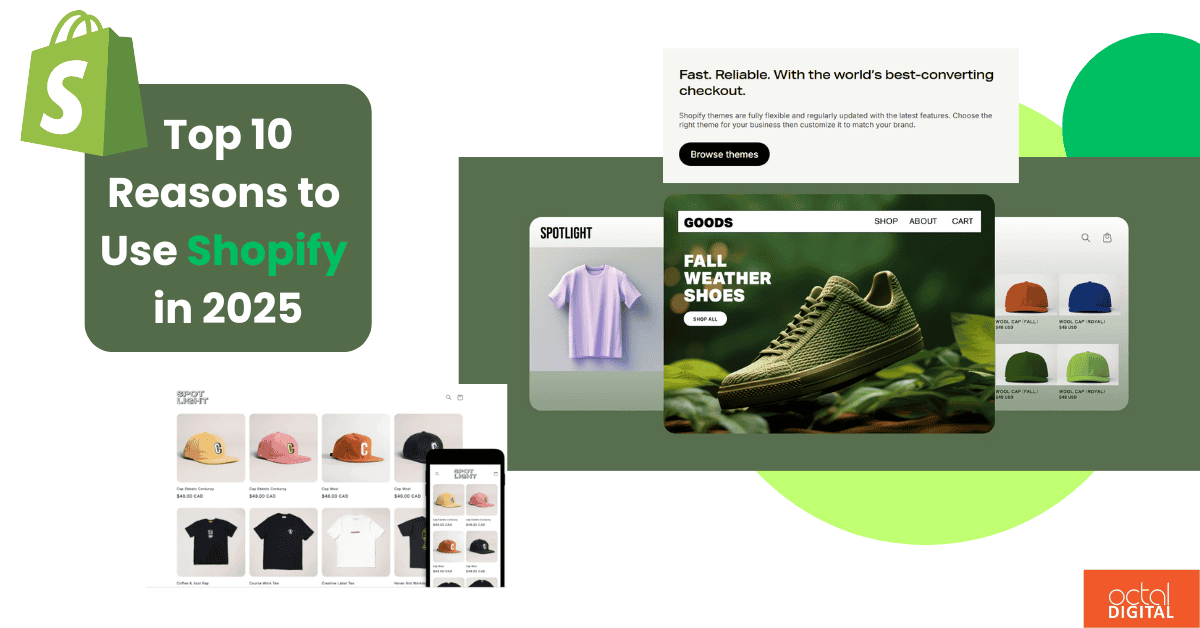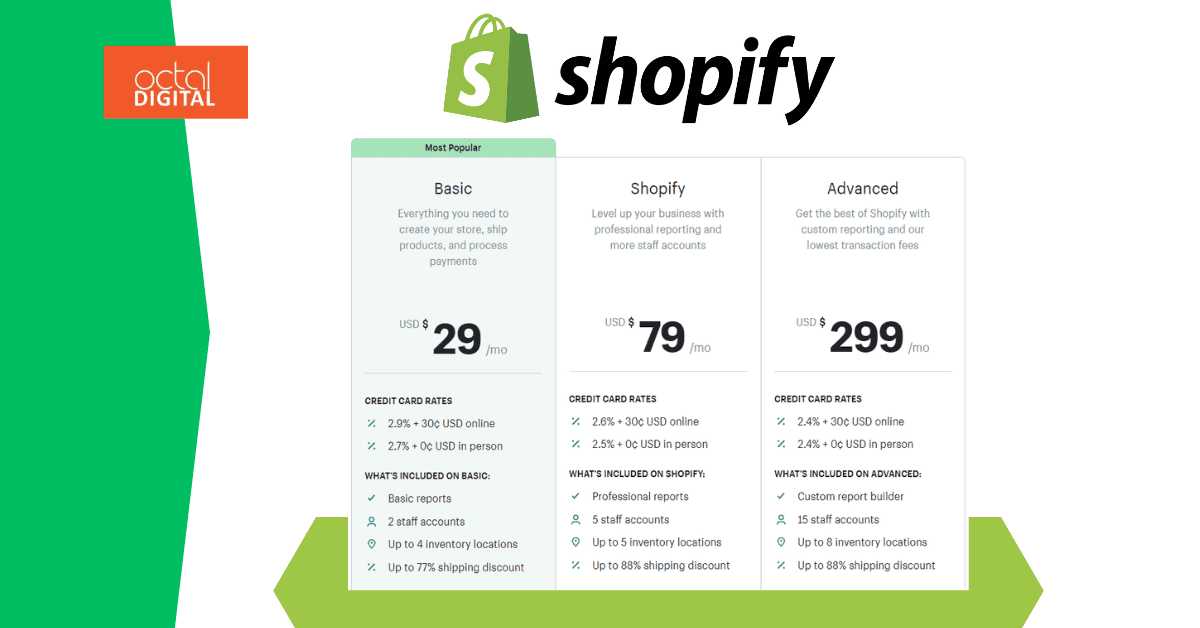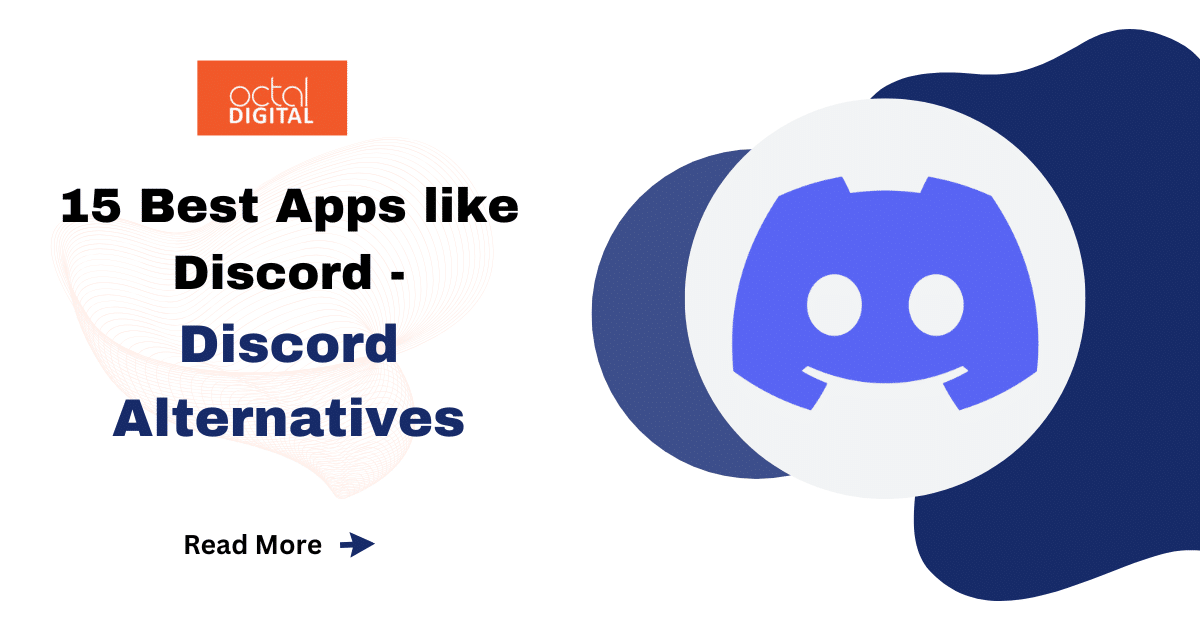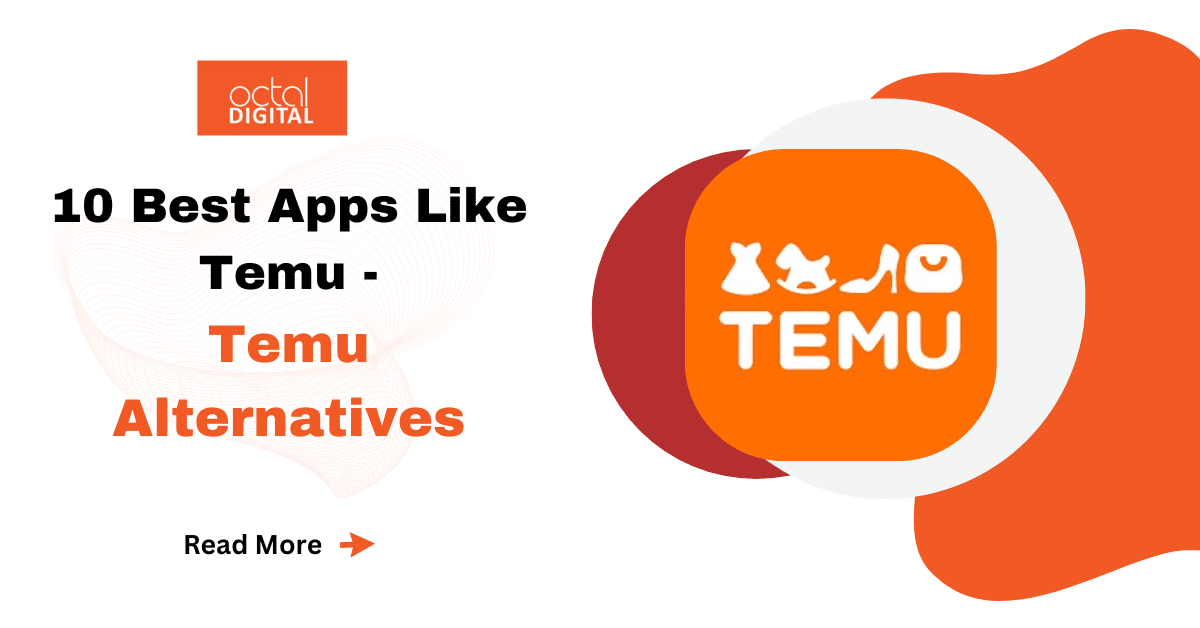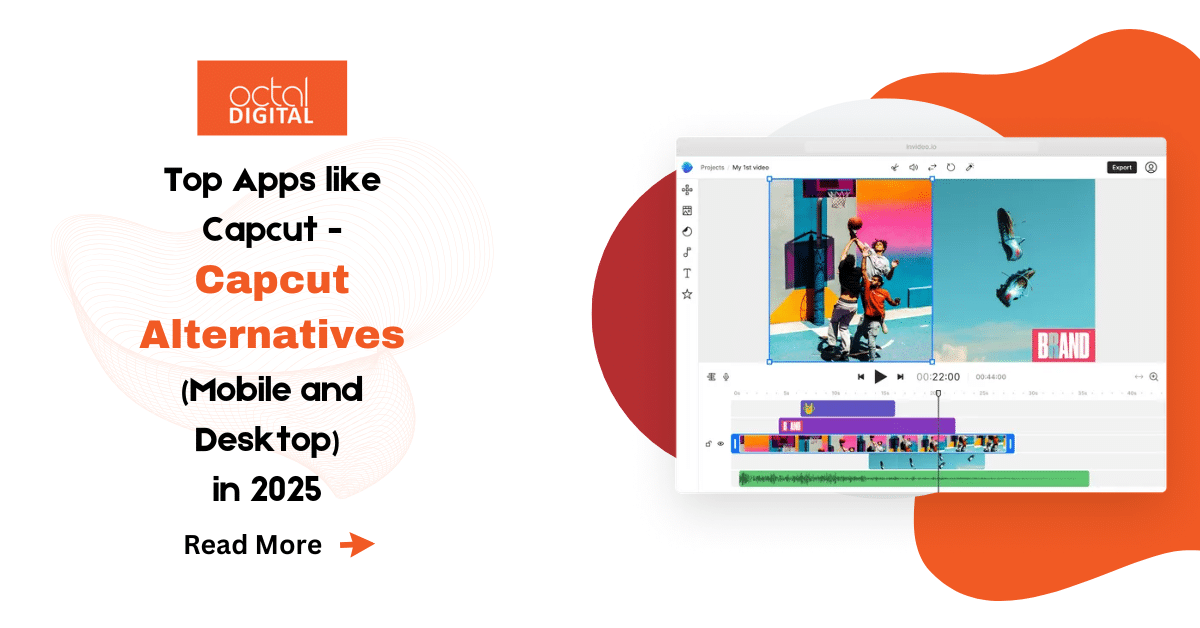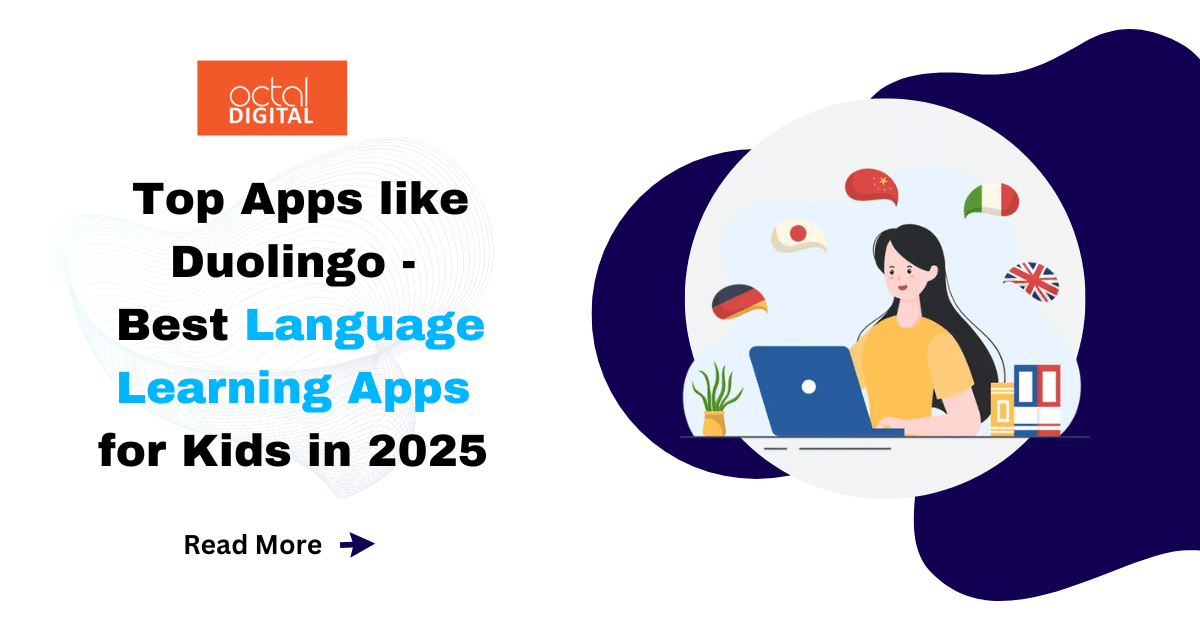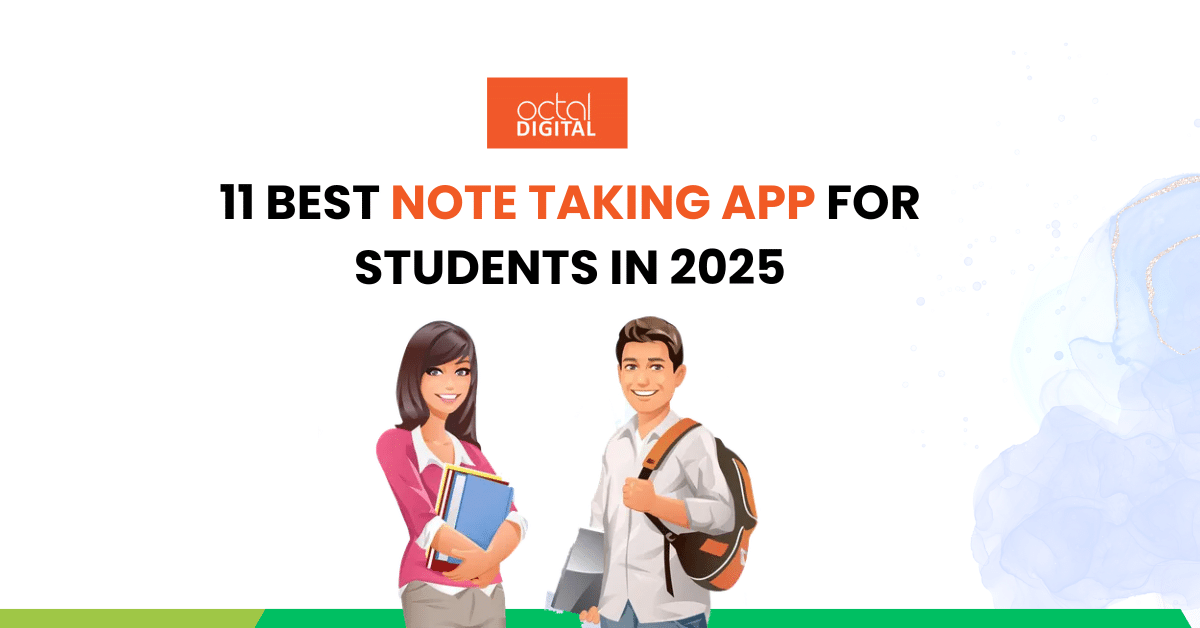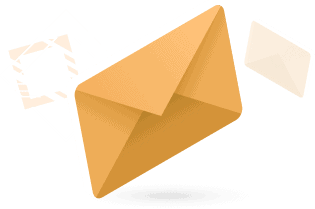Confused about too many e-commerce solutions available in the market? One such well-renounced platform is Shopify. With the internet’s best-converting checkout, an AI commerce expert, and deep shipping discounts, Shopify delivers businesses the ultimate shopping experience to customers across the globe. Powering millions of e-commerce stores daily, here are our top 10 reasons to use Shopify in 2025.
Table of Contents
Toggle1. Quick Launch
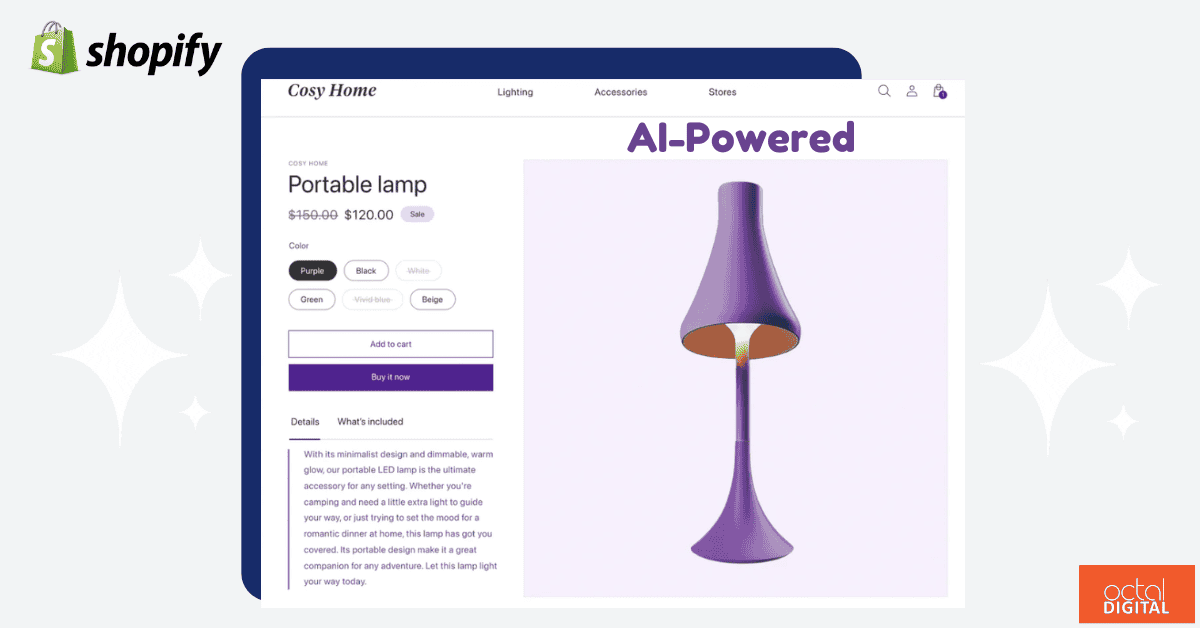
With Shopify’s store editor and the thousands of Shopify store themes, you can quickly launch your fully functional online store and deliver a satisfactory user experience.
Shopify store themes are highly responsive, mobile-friendly, and can be customized with drag-drop features without the need for any coding skills.
To further speed up the launch process, the new Shopify AI launch (i.e. Shopify Magic), has built-in AI—which is highly useful for writing captivating product descriptions and managing content catered to the e-commerce industry.
2. Automate Shopping
Being a complete e-commerce solution Shopify also offers automated invoices, and all shopping-related notifications in real time. For example, customers can get notifications right when any item is added to the cart, or an item booked, among others.
If you opt for Shopify’s in-house delivery system (offering around 80% cheaper shipping charges all around the world), customers can easily track shipment items in real-time.
There are many other in-built automated Shopping experience processes (not needing to additionally code) making Shopify a simple, fast, and cost-effective e-commerce platform.
Recommended Read: Adobe Commerce vs. Shopify – Side by Side Comparison Guide 2025
3. Optimized Payment Experience
Shopify offers highly safe, and optimized checkout methods, leading to a high conversion rate.
Along with a distraction free and intuitive payment screen, Shopify Checkout also intergates most of all the major payment methods. Cutomsers can purchase items as soon as your store launches, with a single tap pay.
Shopify also allows 3-party payment plugin integrations. It supports third-party payment providers like PayPal, Stripe, and Square, enabling transactions through credit cards, wallets, and alternative payment methods. Businesses can also integrate digital payment solutions such as Apple Pay, Google Pay, and Amazon Pay for seamless checkout experiences.
When you’re ready to start selling, Shopify Checkout gives your customers a safe, ultra-fast checkout experience designed to maximize conversion rates. Accept all major payment methods as soon as your store launches.
Shop Pay, known as one of the internet’s highest-converting checkout options, allows customers to place orders in a single tap.
You can also add coupons, discounts, referral programs, and cashback in the Shopify store with 3-party integrations.
Basically, Shopify’s payment screens are highly converting.
4. Over 8000+ apps on the Shopify App Store
Without the need for any technical skills, you can expand your stores’ features and functionality with over 800+ third-party apps developed by Shopify partners.
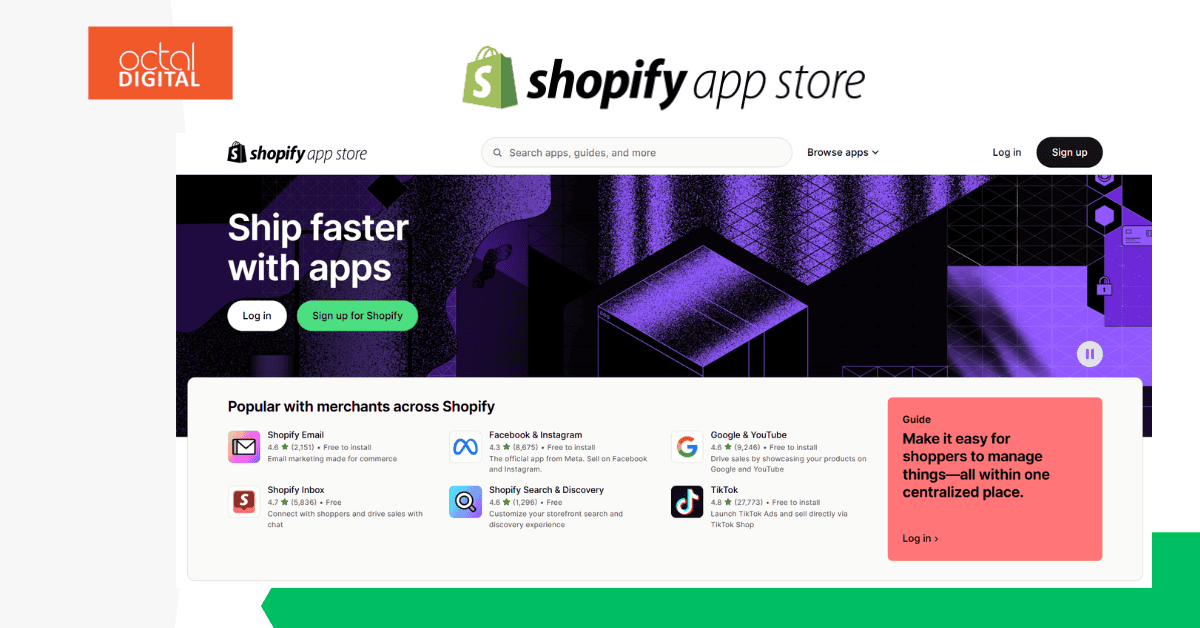
App categories
- Sales channels
- Finding products
- Selling products
- Orders and shipping
- Store design
- Marketing and conversion
- Store management
Top categories
- Dropshipping
- Marketplaces
- Product reviews
- Upsell and bundles
- Email marketing
- SEO
- Shipping
- Currency and translation
5. Pricing Solution for all
Currently, Shopify offers 4 different pricing plans based on the level of business requirements, each designed to support different business needs.
- Basic: The most popular plan for solo entrepreneurs (starts at $29)
- Shopify: For small teams.
- Advanced: Supports businesses as they scale.
- Plus: For complex business needs.
6. Social Media Selling Support
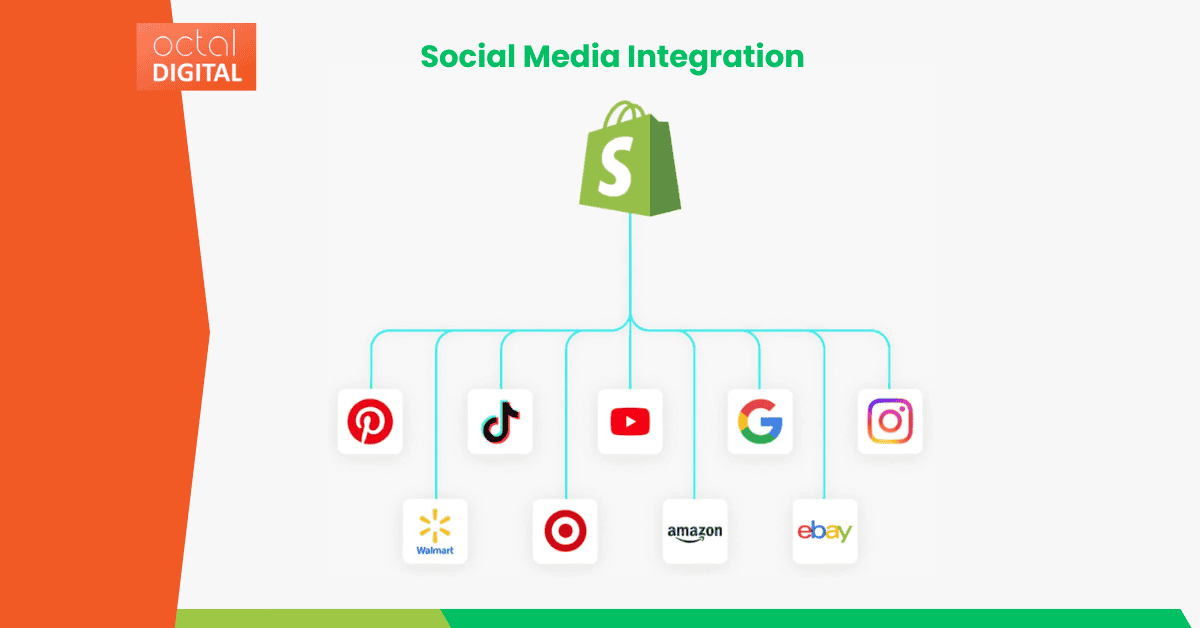
With Shopify, businesses can easily promote and sell on all major social platforms like Facebook, Instagram, TikTok, and YouTube.
Social media selling helps extend your reach by serving international customers and connecting your catalog with marketplaces including Amazon, Walmart, Target Plus, and Etsy.
As per stats, Shopify powers around 10% of US e-commerce, serving 675 million online shoppers in 2023 alone.
Not to mention, for in-person sales, Shopify POS keeps offline inventory synced across your online and physical storefronts, to ensure efficient inventory management.
7. Market Your Brand
Shopify allows your business to make data-driven decisions. You can access various prebuild reports reflecting your store’s performance in terms of sales and conversion. Thus, Shopify offers a great opportunity to A/B test various user experiences and figure out what eventually works for a business. These real-time reports help in understanding what leads people to your website—and what converts them into customers.
Shopify is also built with best SEO practices, such as meta links, descriptions, mobile- responsiveness, etc. All the themes are easier to rank because of high performance and inbuilt SEO, helping you reach new customers.
You can also generate audience lists for targeted marketing campaigns and abandoned cart emails, or partner with influencers through Shopify Collabs to make your products go viral.
Are you thinking of migrating to the Shopify Platform? Do you need Shopify website design or Shopify consulting? Hire our top Shopify designers and Shopify Experts today!
8. Shopify Analytics
Shopify offers the following Pre-built reports by default:
- Acquisition reports
- Behavior reports
- Customers reports
- Finance reports
- Fraud reports
- Inventory reports
- Marketing reports
- Order reports
- Profit reports
- Retail sales reports
- Sales reports
Further, apart from these pre-built reports, businesses can also easily modify or create their own custom reports from scratch to answer questions specific to your business. It’s helpful in adding layers on additional metrics and dimensions to drill down deeper into your reporting and hone in on the exact data you’re looking for.
The store performance reports are updated in real time-monitoring, and easily accessible via Shopify’s admin dashboard.
If you want to get affordable Shopify development services, connect with Octal Digital, the top Shopify development company in the USA. We will help you in developing an amazing e-commerce Store and launching that. The ongoing maintenance makes our company the most reliable team of top US-based Magento developers.
9. High Performance
Shopify is also known to be fast and reliable in terms of performance. It’s a built-in CDN out of the box. Normally, businesses won’t feel any performance issues, as your online store is hosted on fast, global servers. This infrastructure is highly optimized to handle any sudden traffic hikes.
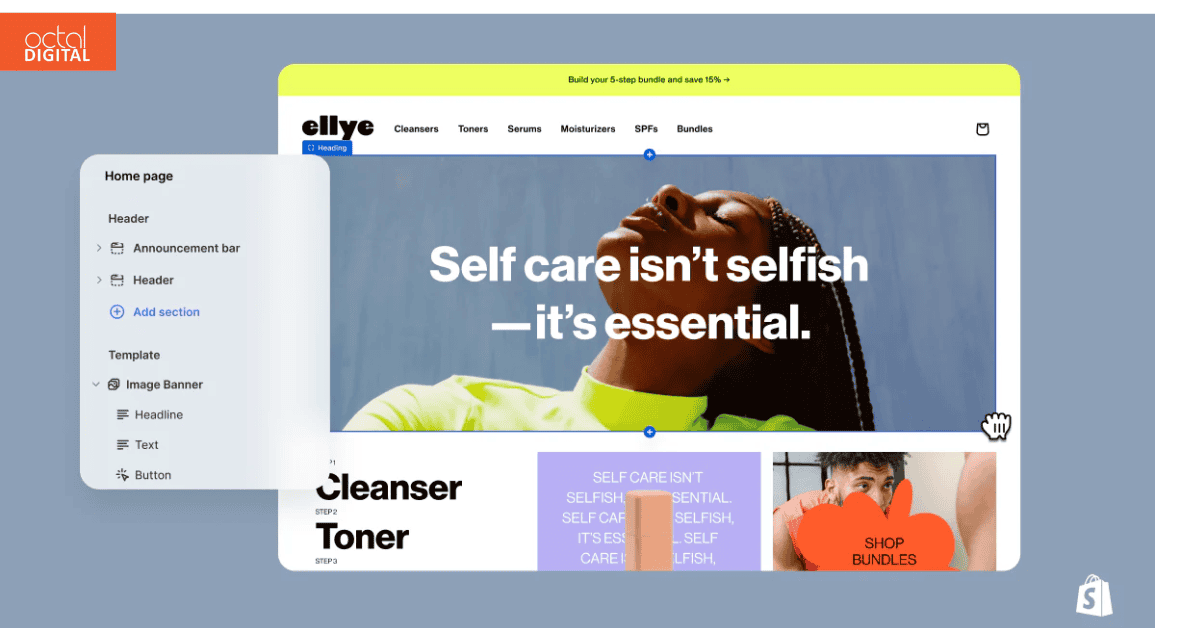
The store’s page speeds are also well-optimized allowing to get better SEO reach on Google.
Web performance focuses on optimizing user experience. Currently, web performance focuses on three major areas which are also reflected in the Core Web Vitals:
- Loading speed, measured by Largest Contentful Paint (LCP)
- Layout stability, measured by Cumulative Layout Shift (CLS)
- Responsiveness to user interaction, measured by First Input Delay (FID) and Interaction to Next Paint (INP)
Shopify excels in all of these segments, allowing customers to have an optimized experience. Shopify also offers 24/7 hours support for any performance-related issues, to ensure minimum business disruption time and quick resolutions.
10. Cloud Infrastructure
Shopify is powered by robots and a highly secure cloud infrastructure. One thing that makes Shopify stand out among any other platforms is that it includes managed cloud hosting prices. Thus, you wouldn’t need to buy separate hosting and domains for your Shopify store. This is really cost-effective, and allows you to be less worried about domain management and Shopify’s cloud space also offers automatic scaling for traffic spikes, however since Shopify controls the hosting (by default), scaling can become costly for high-volume stores. This means it’s ideal for small to mid-sized businesses.
Conclusion
Compared to all other e-commerce platforms, Shopify is among the best solutions, especially for solopreneurs and mid-sized businesses. It can easily handle high traffic spikes, covering your scalability needs in the future.
Shopify is an easy-to-use, low-maintenance solution to get your business online, particularly if you want to scale your store and build your inventory. It’s best suited for:
- Small-to-medium businesses looking for simplicity and speed to market.
- Non-technical users who prefer a fully managed, all-in-one solution.
- Brands focusing on multichannel selling and fast scalability.
FAQs
Is Shopify free?
Shopify offers a 3-day free trial to help you test most of the plans and features. Afterwards, the trial ends, and there’s a $1 per month post-trial period for new business which allows you to get your business up and running for minimal cost. Once his discounted price ends, you can choose any plan based on your requirements, with popular plans starting at $29 per month.
What countries can I use Shopify in?
Shopify allows to set up and run online stores and retail businesses in over 175 countries across the globe. You can use Shopify in more than 20 languages and accept payments with Shopify’s native payment processor in Australia, Austria, Belgium, Canada, Czechia, Denmark, Finland, France, Germany, Hong Kong, Ireland, Italy, Japan, the Netherlands, New Zealand, Portugal, Romania, Singapore, Spain, Sweden, Switzerland, the United Kingdom, and the United States. Business owners in countries where Shopify Payments is not available can use Shopify with approved third-party payment gateways.
What businesses are allowed to sell on Shopify?
Businesses can sell a range of products and services on Shopify, which includes:
- physical products,
- digital products,
- memberships,
- subscriptions,
- ticketed experiences,
- and consulting services.
Where can I sell with Shopify?
With Shopify, you can sell everywhere your customers are, including through an online store, on the Shop App, in person at a retail store, or on marketplaces such as Amazon and Etsy. It also allows to sell and promote on social media platforms like TikTok and Instagram, and via wholesale.
